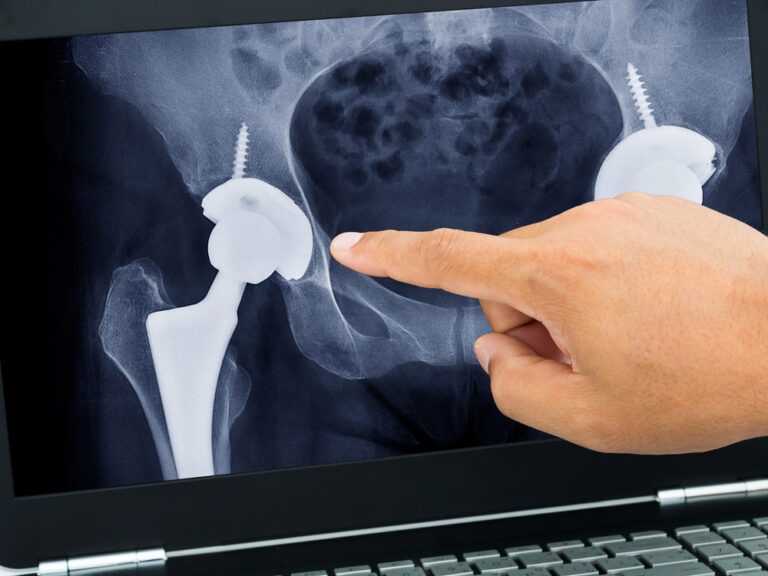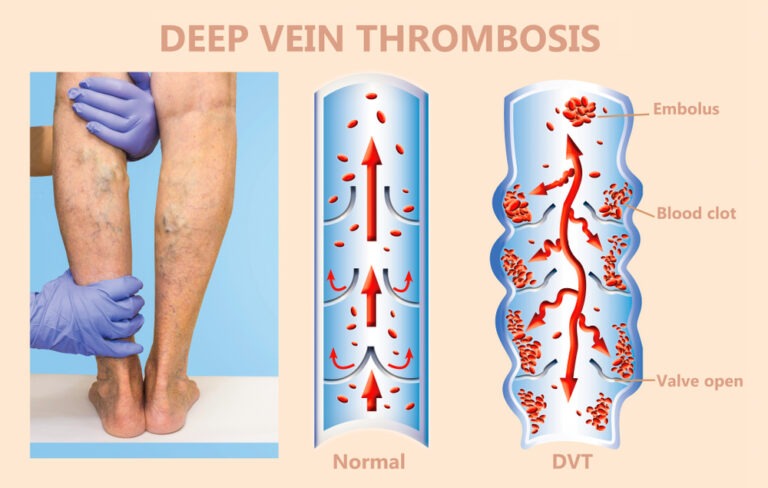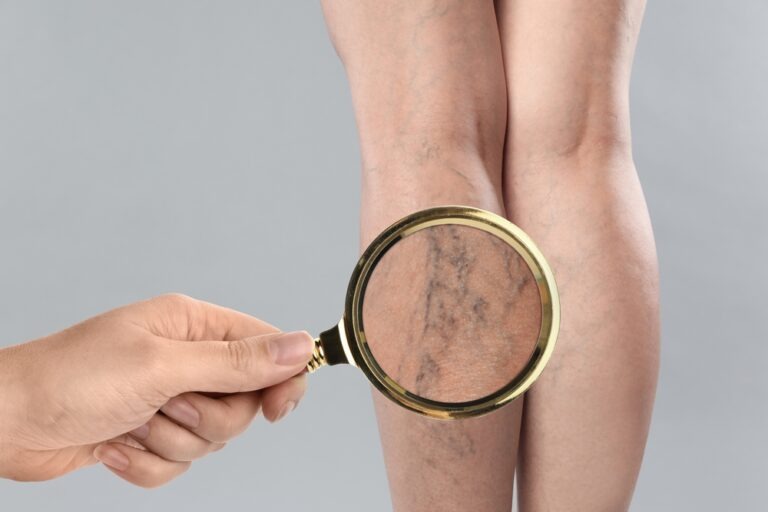As an Amazon Associate. We get small commissions for purchases made through affiliate links in this post at no extra cost to you. More info. Amazon Affiliate Disclaimer

Overview of low back pain diseases (LBP)
Low back pain (LBP) is one of the utmost common diseases that affect the physical status of the people, and it’s the fifth most common leading cause for doctor visits.
LBP diseases is classified into 3 types according to the underlying reason, which is the mechanical, non-mechanical, and referred pain from the other body regions.
Similarly, LBP can be classified by duration of its onset to acute (the pain lasting up to 6 weeks), subchronic (pain lasting from 6-12 weeks), and chronic (pain lasting more than 12 weeks).
Usually, the symptoms of LBP continue up to a few weeks, and about 40 to 90% of people will have a full improvement by six weeks.
LBP diseases prevalence & Incidence
According to the studies, about 40% of people will suffer from LBP diseases at a certain point in their life, and 80% of them in the developing world.
Nearly 7 million population in the United States has limited physical activities due to LBP. Identically, Men and women are affected equally. Hence, it influences about 60-80% of people throughout their lifetime.
Based on research, it was stated that its prevalence is about 84%, and 23% of this portion is chronic back pain. LBP results in disability in about 11-12% of the population in the world. In the same manner, LBP diseases has become a significant issue in those who are at the age of 40 to 80 years.
Thus, after you got an understanding of low back pain and it’s an occurrence. Now, let’s talk about its signs and symptoms, causes, how to be diagnosed, risk factors, prevention, prognosis, and treatment.









